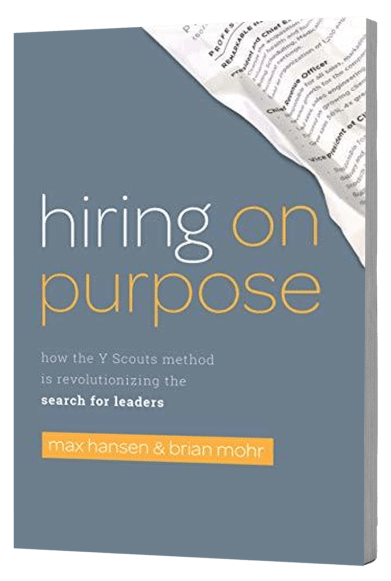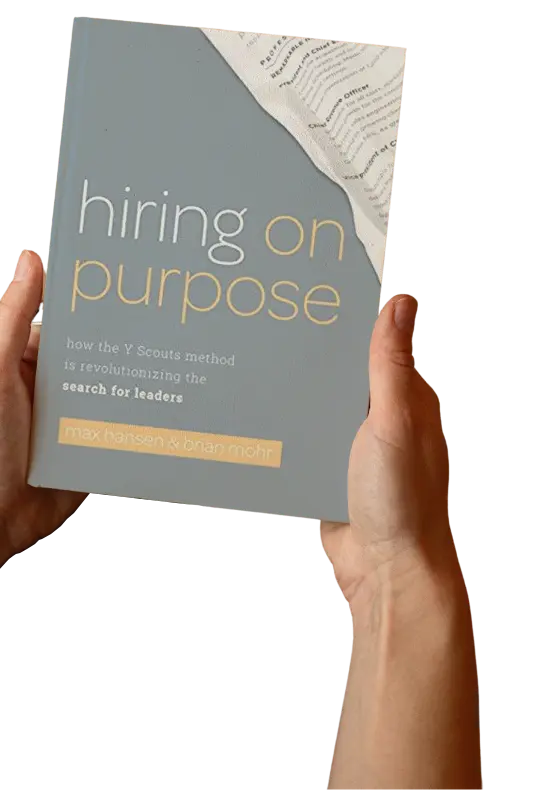Hiring the right talent is one of the most critical decisions your company can make. Employees are the backbone of any organization—solid hires drive innovation, productivity, and growth. However, if your company hires the wrong person, the consequences can be costly and long-lasting. A bad hire affects not just your company’s bottom line but also team morale, productivity, and long-term success.
Many businesses underestimate the true cost of a poor hiring decision. It’s not just the salary of the misfit employee that hurts the company—it’s the money and time you’ll lose on recruitment, training, and lost productivity and the damage done to team dynamics. Worse, when a bad hire remains in your company for too long, the problems can snowball, hindering overall performance and workplace culture.
In this blog, we will explore the far-reaching impact of a bad hire and why your organization should prioritize a strategic and culture-driven approach to recruitment to avoid these costly mistakes.

Table of Contents
ToggleThe Direct Financial Cost of a Bad Hire
One of the most immediate consequences of hiring the wrong person is the financial impact. Hiring is an expensive process, from advertising job openings to conducting interviews and onboarding. If the new hire turns out to be the wrong fit, the company must go through the hiring process all over again, doubling or even tripling the initial investment.
According to the Society for Human Resources Management (SHRM), the cost of hiring and onboarding a new employee is around $4,700,1 but that can fluctuate depending on the size of the company and the position. Hiring executives can be even more expensive. When factoring in recruitment fees, lost productivity, severance pay, and the impact on overall team efficiency, the total loss can reach hundreds of thousands of dollars.
Additionally, businesses often fail to consider the indirect financial costs of a bad hire, such as:
Lost revenue due to underperformance
A poor hire in a revenue-generating role, such as sales, can lead to missed opportunities and unsatisfied clients. When you hire the wrong person, there is an opportunity cost, and you miss out on the sales and productivity you might have otherwise had.
Increased turnover rates
When a bad hire disrupts team dynamics, valuable employees may leave, adding to recruitment costs.
Lower customer satisfaction
An unqualified employee may negatively impact customer service. Unsatisfied customers mean fewer referrals, lost sales, and declining business.
Decreased Productivity Caused by Poor Hiring Decisions
Beyond financial losses, bad hires can cripple a company’s productivity. When an employee is not the right fit for a role, they often struggle to meet expectations, leading to project delays and an increased workload for others.
A disengaged or underperforming employee requires constant supervision, mentorship, and corrections from their peers and managers. A poor hire creates a domino effect on performance. If one person fails to meet their responsibilities, it forces the rest of the team to pick up the slack, and then those team members get behind on their work. Frustration and burnout will build among the team, stifling innovation and productivity.
In contrast, a well-aligned hire can quickly adapt, contribute positively, and accelerate team success. Companies that prioritize hiring based on both skills and cultural fit experience higher retention rates and stronger overall performance.
The Toll on Workplace Morale and Company Culture
Your employees thrive in a work environment that fosters collaboration, trust, and shared values. However, a bad hire can disrupt that balance and lead to disengagement, frustration, and a negative shift in company culture.
Employees often lose confidence in leadership when they see management tolerating poor performance. If the wrong hire is not held accountable, it sends a message that low standards are acceptable, which can erode motivation among high-performing employees. This can result in:
- Decreased engagement – Employees may feel less committed to their work.
- Higher conflict levels – Team members may clash due to differing work ethics or attitudes.
- Loss of top talent – Skilled employees may seek opportunities elsewhere if they feel management undervalues their contributions.
Workplace culture takes years to build, but poor hiring choices can easily dismantle it. That’s why companies need to assess not just skills but also the values, mindset, and work ethic of a potential new hire. Even the most qualified and experienced candidates might not fit with your company’s culture. You want a hire who is capable of doing the work and fully understands and embraces your company’s vision and values.
Damage to Your Company Reputation and Branding
A bad hire not only affects internal operations; it also impacts a company’s reputation in the industry. Employees, clients, and business partners all take notice when an organization struggles with frequent turnover, low engagement, or unqualified personnel.
In today’s digital age, employer branding is more important than ever. Former employees and candidates often leave reviews on job boards, Glassdoor, or LinkedIn, influencing future hires and even customers. If a company consistently hires and fires employees due to poor hiring practices, it will struggle to attract top talent.
Additionally, bad hires in customer-facing roles can tarnish a brand’s image. Whether a sales representative mishandles clients or a manager fails to lead effectively, these missteps can drive customers away. Even in less obvious ways, a leader who doesn’t embody the values your company wants to project will erode the integrity of your brand.
A poor hiring decision can cause long-term damage that can take years to repair. That’s why it’s so important for businesses to invest in a strategic hiring process that focuses on long-term success rather than just filling positions quickly.
How to Avoid the Cost of a Bad Hire
While no hiring process is perfect, companies can significantly reduce the risk of bad hires by adopting a culture-driven, strategic approach to recruitment. Instead of focusing solely on a candidate’s resume, organizations should evaluate candidates’ core values, leadership potential, and long-term alignment with company goals.
Here are a few ways to minimize hiring mistakes:
- Use Purpose-Driven Hiring Strategies – Focus on finding candidates who align with the company’s mission and values rather than just looking for technical skills.
- Conduct Behavioral and Cultural Fit Assessments – Structured interviews and scenario-based assessments can help determine how well a candidate integrates with the existing team.
- Implement a Strong Onboarding Process – The first few months of employment are crucial in determining whether a hire is the right fit. A structured onboarding experience helps new employees succeed in their roles.
- Partner with Executive Search Firms—Particularly where C-suite positions are concerned, a good retained executive search company can be invaluable. Retained executive search firms stand in contrast to contingent-based hiring firms that focus on speed over quality of candidates.
Retained executive search firms don’t just pass around resumes of available candidates between their clients. They branch out to passive candidates who may not be actively looking for jobs but would consider moving for the right fit. They bring you candidates that match your culture, values, and long-term objectives. Executive search firms are paid in advance, so they can focus exclusively on your search until they find the best person for the job.
By investing in the right hiring approach for everyone from entry-level hires to C-suite leaders, businesses can significantly reduce turnover, enhance team performance, and protect their company culture.
Conclusion
Companies that fail to prioritize culture-fit leadership and strategic hiring practices often pay the price in lost revenue, disengaged teams, and damaged reputations.
By adopting a purpose-driven hiring strategy and partnering with the right hiring professionals, businesses can build stronger teams, retain top talent, and drive sustainable growth. Investing in long-term recruitment solutions rather than quick fixes ensures that every hire contributes positively to the company’s future.
Need help finding a perfectly aligned leader to fill your C-suite opening? Contact us here.
1https://www.shrm.org/content/dam/en/shrm/executive-network/insights/Talent-Access-Report-TOTAL.pdf



